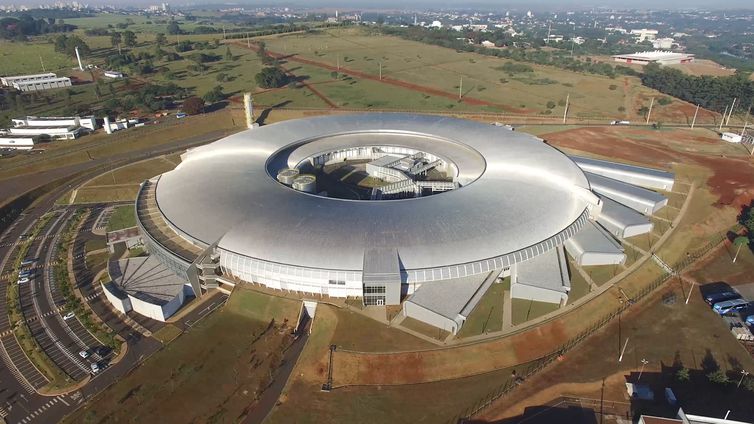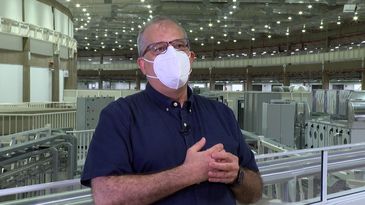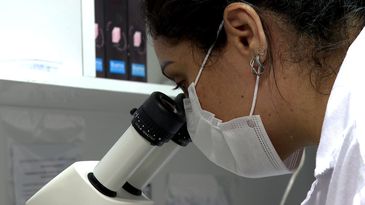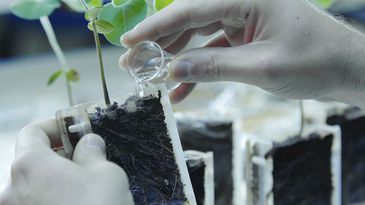Ultra microscope. This is how the scientific community defines Sirius, a laboratory developed at the National Center for Research in Energy and Materials, located in Campinas, São Paulo.
With a built-up area of about 68,000 square metres, Sirius was strategically thought out and designed to use the abundant light in the universe for the benefit of science on planet Earth: it’s synchrotron light.
NS Report Tracks He goes to Campinas to show how this improved radiation in particle accelerators helps to see, in digital media, the structure of matter, such as proteins and even atoms, as if it were a powerful magnifying glass.
Something is very technological, but it can directly affect your daily life, especially in areas such as the environment, energy, agriculture, medicine and even astronomy, explains CNPEM Director Antonio Jose Roque. “This here is a great knowledge generator.” In addition to enabling research and a tremendous degree of knowledge, the manager highlights the project’s marketing potential. “When you study here, for example, new drugs and you get a pharmaceutical company, up front, put that drug on the shelf, and maybe all of this will actually pay for the investment that has been made here.”
In this episode, we’ll take a trip to this lab that, from the outside, looks like a soccer field and even a UFO, like those seen on movie screens. But regardless of the comparisons, Sirius has demonstrated scientific developments that have put Brazil’s name at the forefront of research in the world.
In a period marked by the fight against the epidemic, LNBio researcher Daniela Trivilla highlighted the importance of a radial line called Manacá dedicated to the study of new drugs, including those to combat Covid-19. “Imagine: the virus is small, the proteins are a small piece, and it is a much smaller unit of the virus.” “So, if we suppress the virus, the virus will not be able to replicate inside our cells, causing infection and, as a result, inflammation, and then leading to COVID-19 disease,” Trivella adds.
Our report also reveals how research in this laboratory could have a direct impact on agriculture, with alternatives to soil phosphorous scarcity, and on pre-salt exploration in Brazil. Moreover, studies in the light of the synchrotron can help clarify the mysteries of the universe.
For those interested in pursuing a career, the novelty is that, from now on, all this scientific knowledge can be shared in a university course focused on the training of scientists. At the Ilum Science School, affiliated with CNPEM, students will be able to learn for free, with the right to housing, food and transport funded by the Ministry of Science, Technology and Innovation and also by the Ministry of Education. Registration is now open.
data sheet:
Screenplay and Reporting: Dimas Soldi
Screenplay and presentation: Adrielen Alves
Text editing: Adrielen Alves and Cintia Vargas
Produced by: Carol Oliveira
Photographs: William Sales
Technical assistance: John Ferreira
Image editing: Andre Ostaccio and Gerson Portela
Art: Abimael Lira and Silvino Carneiro
Click here to learn how to tune into Brazil TV programmes.

“Wannabe internet buff. Future teen idol. Hardcore zombie guru. Gamer. Avid creator. Entrepreneur. Bacon ninja.”





